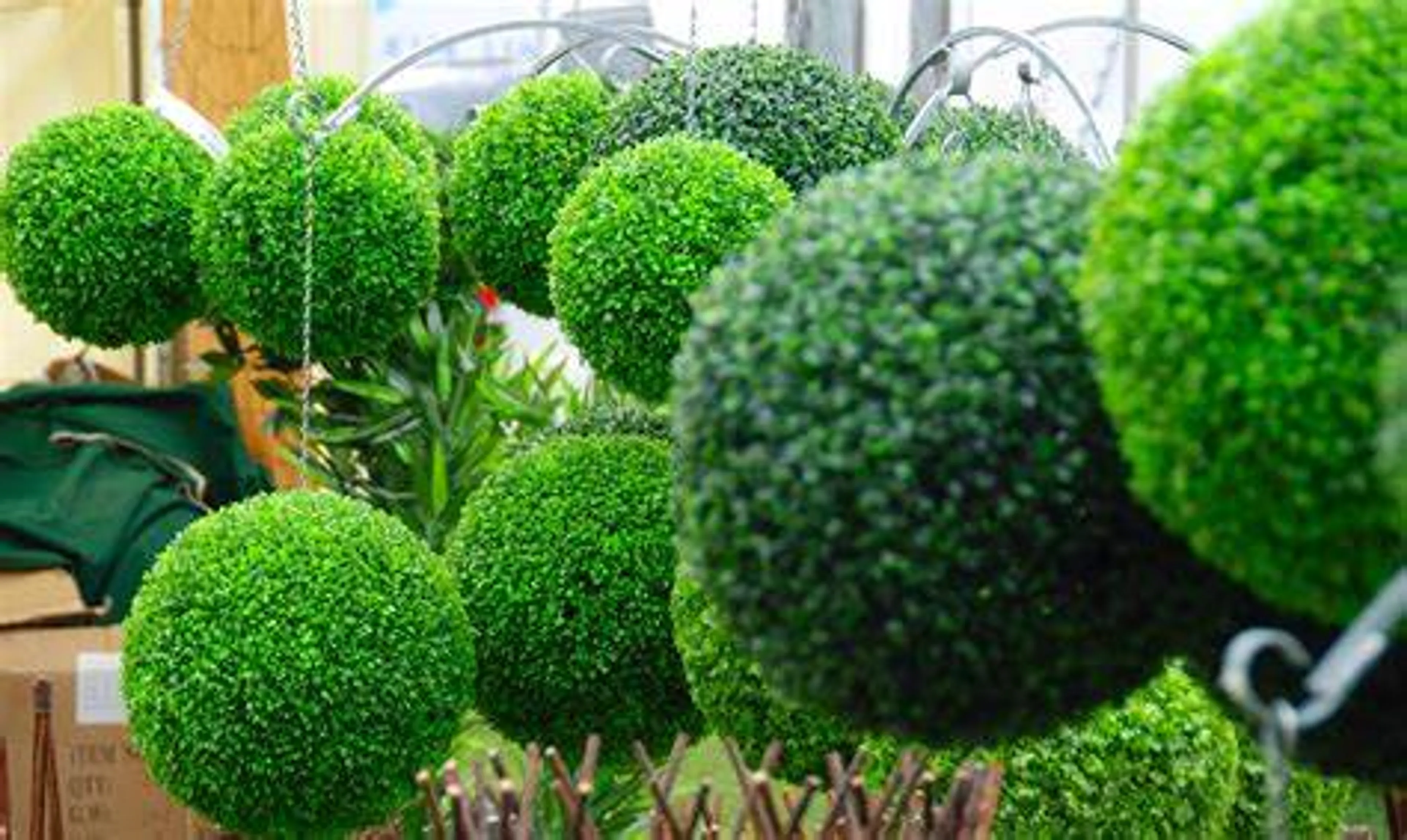As our awareness of environmental issues grows, so does the importance of sustainable landscaping. Creating eco-friendly gardens is a way to harmonize our outdoor spaces with nature, reduce our environmental footprint, and promote biodiversity. In this discussion, we will explore the principles and benefits of sustainable landscaping and offer practical guidance for those looking to embark on this green journey.
Understanding Sustainable Landscaping
Sustainable landscaping, often referred to as "green landscaping" or "ecological landscaping," is an approach to garden design and maintenance that prioritizes environmental responsibility. It seeks to create aesthetically pleasing outdoor spaces while conserving resources and minimizing negative impacts on the environment.
Water Conservation: The Key Element
Water conservation is a cornerstone of sustainable landscaping. By choosing drought-resistant plants, implementing efficient irrigation systems, and collecting rainwater, you can significantly reduce water consumption in your garden. This not only lowers your utility bills but also contributes to the conservation of this precious resource.
Native Plants and Biodiversity
Incorporating native plants into your landscape design is essential for supporting local ecosystems. Native plants are adapted to the region's climate, require less maintenance, and provide food and habitat for native wildlife. They play a vital role in preserving biodiversity and can attract pollinators like bees and butterflies.
Soil Health and Organic Practices
Healthy soil is the foundation of a sustainable garden. Implementing organic gardening practices, such as composting and mulching, enriches the soil, promotes microbial activity, and reduces the need for chemical fertilizers and pesticides. Healthy soil also improves water retention and drainage.
Reducing Energy Use
Sustainable landscaping also considers energy consumption. Planting trees strategically can provide shade and reduce cooling costs in the summer, while allowing sunlight in the winter. Thoughtful placement of hardscape features, like patios and walls, can help regulate temperature and reduce energy use.
Wildlife-Friendly Landscapes
Creating an eco-friendly garden extends beyond plants. Incorporating features like birdhouses, bat boxes, and wildlife ponds can provide shelter and attract a variety of wildlife. These features not only enhance the beauty of your garden but also contribute to local ecosystems.
The Benefits of Sustainable Landscaping
The advantages of sustainable landscaping are multifaceted. Firstly, it reduces the environmental impact associated with traditional gardening practices. Secondly, it saves time and money by minimizing the need for constant maintenance, watering, and chemical treatments. Furthermore, sustainable gardens offer aesthetic beauty and a sense of connection with nature, fostering a deeper appreciation for the environment.
Challenges and Considerations
While sustainable landscaping offers numerous benefits, it's not without its challenges. Selecting the right plants for your region and soil type, designing for water efficiency, and adapting to changing climate conditions can be complex. However, resources such as local gardening clubs, extension offices, and online guides can provide guidance and support.
Educating and Inspiring Others
One of the most significant contributions of sustainable landscaping is its potential to inspire others. By showcasing your eco-friendly garden, you can encourage neighbors and communities to adopt similar practices, creating a ripple effect of positive change for the environment.
Conclusion: Nurturing Nature at Home
Sustainable landscaping is a powerful way to connect with nature and reduce our ecological footprint. By adopting water-conserving practices, nurturing native plants, and prioritizing soil health, we can create gardens that are not only beautiful but also beneficial to the environment. As individuals and communities increasingly embrace sustainable landscaping, we move closer to a greener, more sustainable future for our planet.

